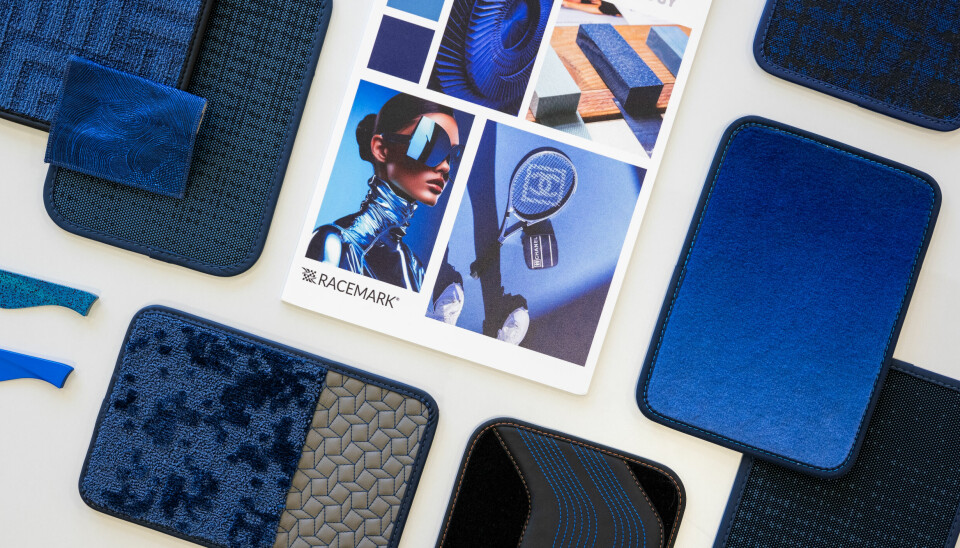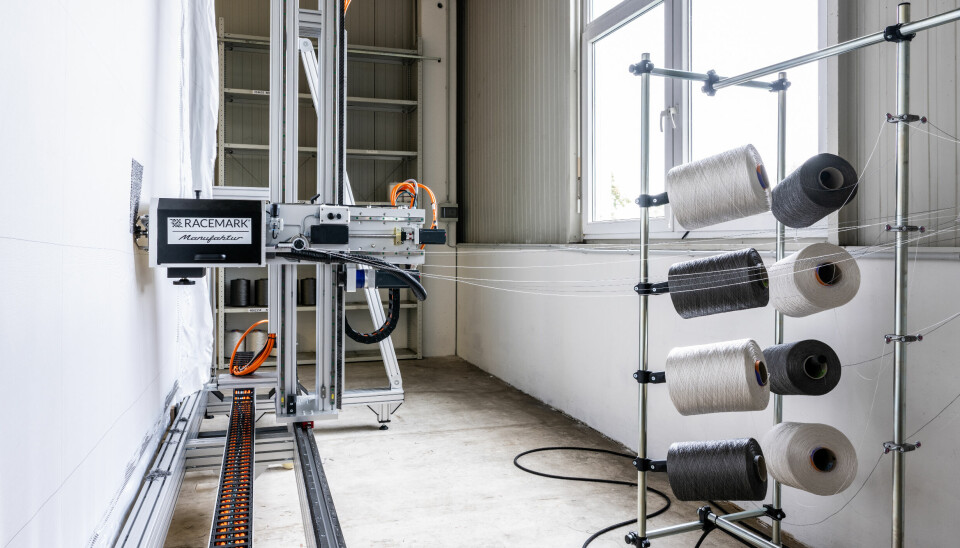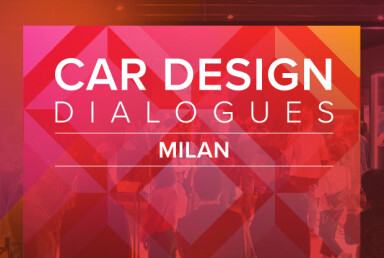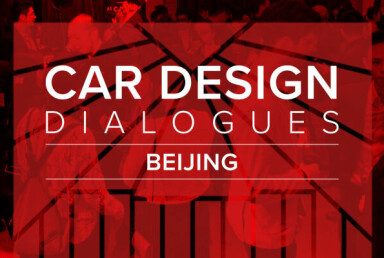Innovation in car floors
Racemark EU accelerates the evolution of automotive flooring design

Flooring has been an underappreciated element of vehicle interiors, but with an innovative new process and a deeper focus on design consultancy, Racemark is shaking up the status quo
It was a series of conversations with designers that made the founders of Racemark EU realise they were on to something with their latest innovation.
The family owned and operated business has a strong automotive heritage and has been producing floor mats for decades. This past August marked 10 years of operations in Germany which is the company’s design hub, and 13 years in Hungary where they specialise in high-volume production. These locations known as Racemark EU are led by the son of a former Porsche of America Team Race Car Driver, Cannon Bailey and his wife Laura Robichaux.
The company has recently launched a new production technique which has brought new and innovative opportunities for OEM design teams.

“We’ve been on a journey of developing our design capabilities,” notes Cannon, “Since the Nike Flyknit was invented, we have dreamed of tufting a floor mat with zero waste and maximum design flexibility. I’m very focused on developing our capabilities to combine technology and craftsmanship to address the radical changes happening in automotive interior design.”
In southwest Germany, not far from Stuttgart, the factory of 50 highly skilled craftspersons led by long-time plant manager, Johannes Jochim, has just launched the Robotuft. Drawing on technology used in the production of artisanal carpets for home interiors; this unique CNC tufting machine has opened the doors to unparalleled customisation.
“In simple terms, the Robotuft is an exceptionally precise, computer-controlled sewing robot,” explains Jochim. “Yarn is inserted into a backing material according to a programmed pattern, which creates individualised designs and structures with precision and repeatability.”
Conventional tufting machines are typically reserved for high volume commercial projects and often require minimum orders of around 300m² – larger than a tennis court – but Robotuft is flexible enough to work on much smaller quantities. As such, the team in Empfingen has been focused on luxury and bespoke work blending craftsmanship and modern technology with limited run custom-made projects.
“It allows for the production to scale from a single piece to small series runs without significant additional effort,” explains Jochim. And importantly, CNC tufting is a zero-waste process, utilising only the raw materials required and low minimum order quantities, the benefits of which need no further explanation in today’s environment.
Perhaps most interesting for those in the world of design, this technology enables the creation of various surfaces within a single carpet, not just one texture applied across an entire roll. For example, different pile heights and combinations of cut and loop pile.
While the process is well established in the household sector, it has not been seen in automotive before. Designers benefit from “a new way to infuse their work with an emotional resonance” says Robichaux, “and creates new ways of thinking about exclusive, custom vehicle interiors.”
Flooring will become a focal point, and the design possibilities are seemingly endless
All this has caught the eye of some big names in the world of design, who agree that automotive flooring is ripe for innovative design exploration. “Flooring has typically been overlooked, and carpet mats specifically are generally considered an accessory,” says independent CMF designer Amy Frascella.
“This is rapidly changing as vehicle interiors evolve to be more ‘experiential places’; flooring will become a focal point for comfort, quality and aesthetics and the design possibilities are seemingly endless: tufting, weave structures, textures, pile heights, natural fibres/colourants, overmoulding, embossing, embroidery and printing are just a few areas of development that come to mind.”
“On visiting Racemark, I expected to see simple grey carpet, so I was pleasantly surprised to learn about the complexity of styles, luxury, and customised products. It is a genuine mass customisation process,” adds sustainable product designer, David Oakey. Based in Miami, the flooring expert has observed a convergence of trends between automotive, commercial and hospitality spaces that brings Racemark’s skills into focus.
“Design in the work-living space is definitely intertwined with automotive design,” Oakey continues. “Porsche, Aston Martin, and Bentley are building luxury condominiums punctuated with furniture collections to complement the home and office. Jaguar launched the 00-concept car at Art Basel Miami and London. Toyota is building the Woven City in Japan. Automotive brands are clearly influencing architecture and interiors. We see the similarity in trends like sustainable materials, retro inspired design, and customisation.”
In addition, the proliferation of electric vehicles has fundamentally changed interior architectures, erasing the transmission tunnel and increasing the amount of material on show in the vehicle.
It might seem a subtle difference but imagine if a tunnel were suddenly added to the headliner – you would notice right away. The same can be said for the reverse trend with flooring: wide, flat floors now mean the material on show is more important than ever. And for designers, the canvas just got a little larger. A visit to the site in Empfingen impressed Frascella, not only in terms of the technology at hand but also the mindset toward design.
“Racemark is building a co-creation ‘lab,’ has an onsite material library and design immersion space, and is actively opening their doors to clients. It is rare to have this level of in-house development opportunity – and even more so to offer it as a shared area to other creatives,” Frascella says. Projects with customers like Mercedes-AMG, Porsche and Bentley all required their own particular workarounds, she adds, which demonstrates the team’s “focus on craft and attention to detail.”
Automotive flooring is an area that is ripe for innovation and Racemark has firmed as a key player, be it for pre-determined projects or simply a jumping off point for ideation. Oakey and Frascella certainly came away feeling inspired during their engagement with the supplier, and clearly so did current clients including Aston Martin, Lamborghini, Rolls-Royce and many more.
“Racemark’s team has a unique vision and is a leader in sustainable design and environmental processes,” says Oakey. “They are a great collaborative team, driven to push the boundaries of sustainable, innovative automotive flooring mats.” Frascella sums things up nicely, reflecting that “collaboration and possibility are the feelings I walked away with after my visit.”




















